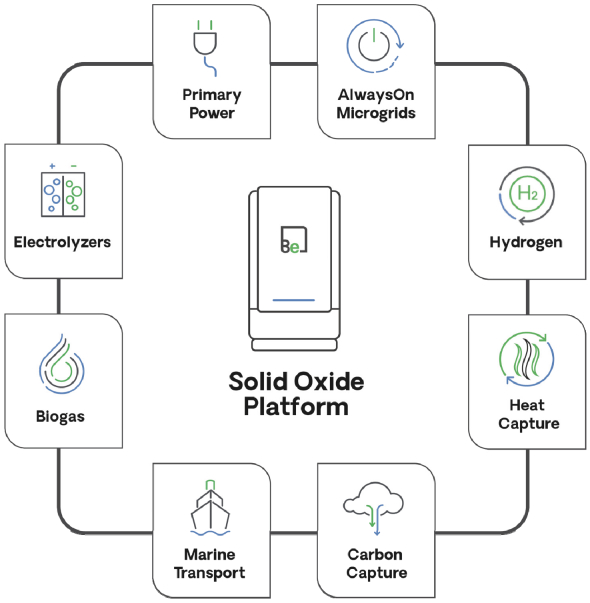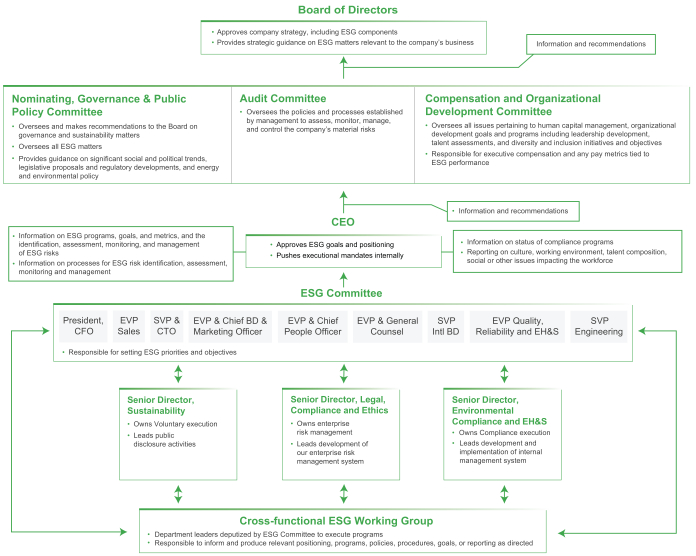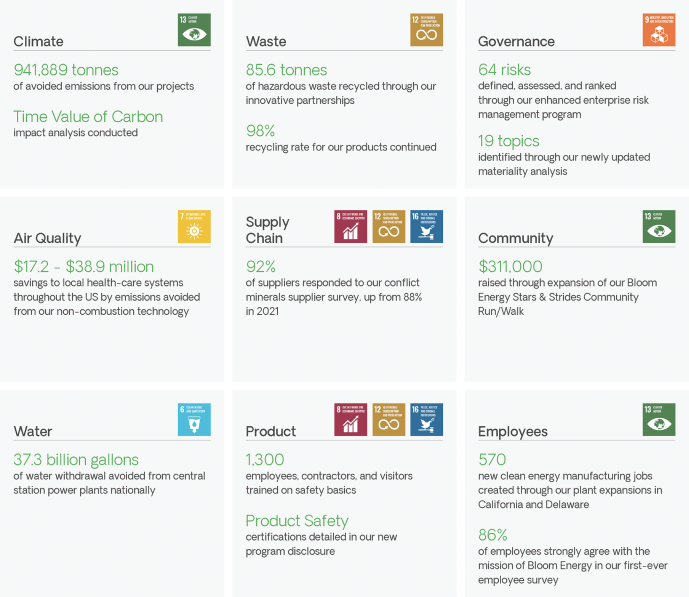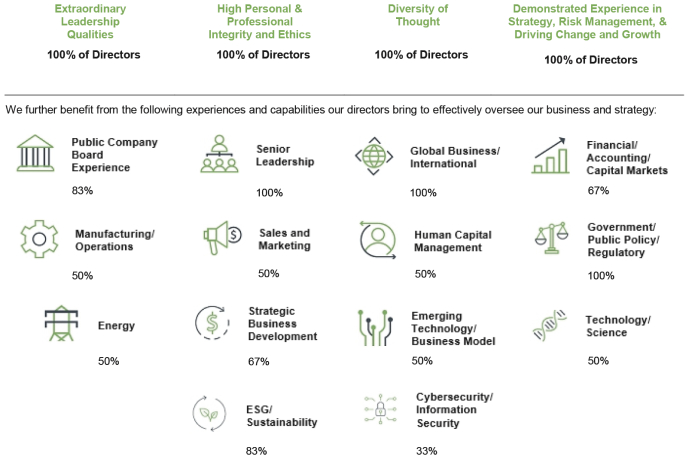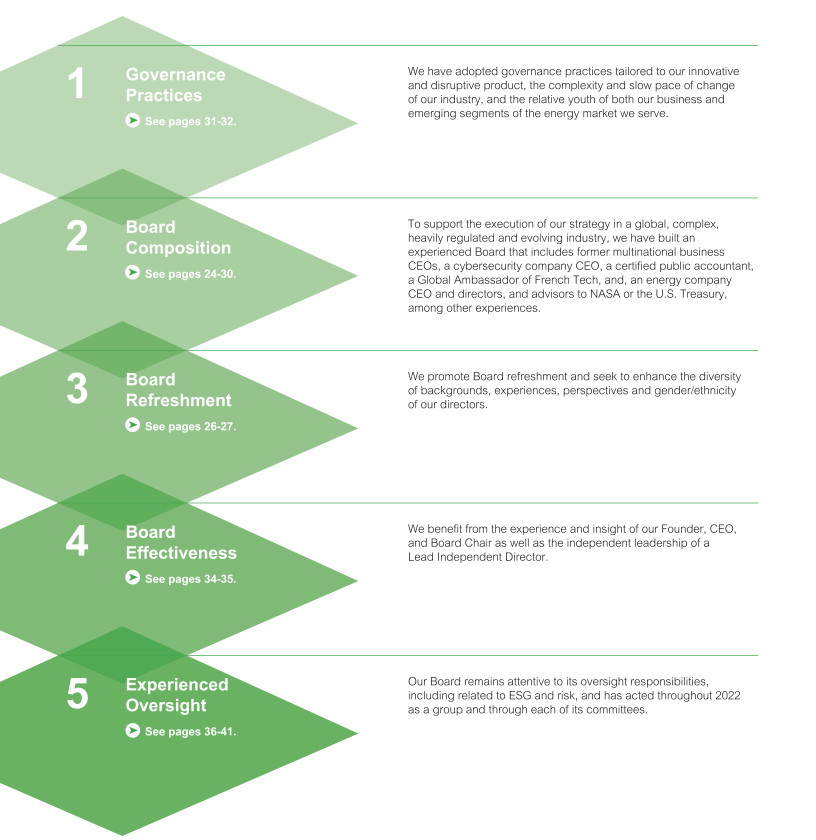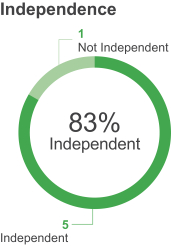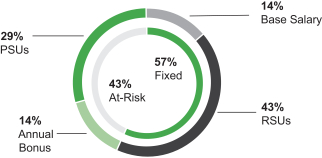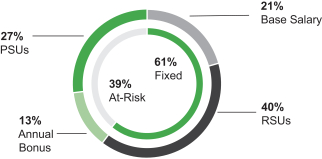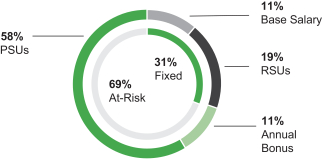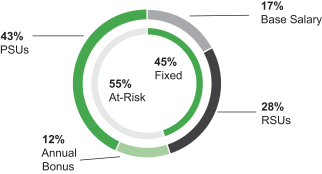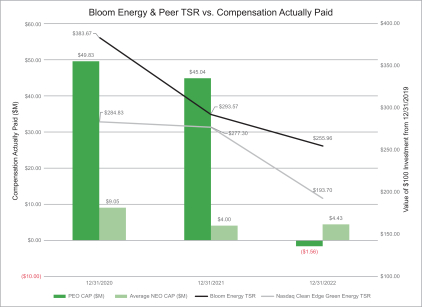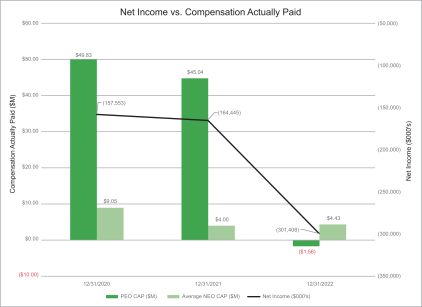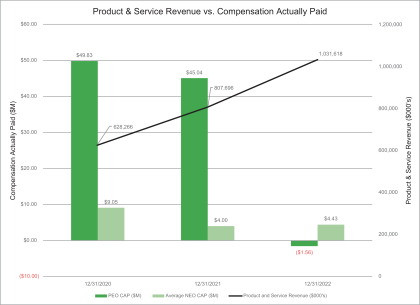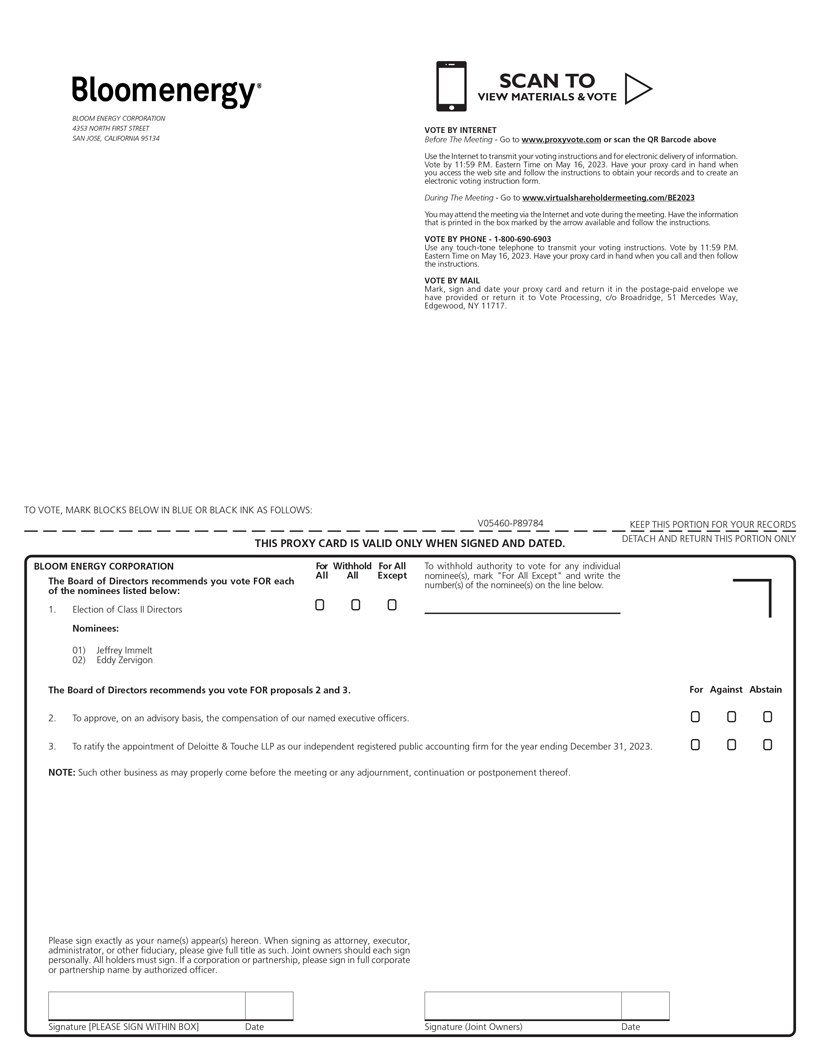|
|
|
|
|
|
|
|
|
|
|
|
|
|
|
|
|
|
|
|
|
|
|
| Proxy Summary |
|
Corporate Governance |
|
Executive Compensation |
|
Audit Matters |
|
Security Ownership and Stockholder Matters |
|
Stockholder Proposals and Nominations |
|
User Guide |
|
Other Matters |
User Guide
Questions and Answers About These Proxy Materials, the Annual Meeting and Voting
Why am I being provided these proxy materials?
We are providing you these proxy materials in connection with the 2023 Annual Meeting of Stockholders to be held on Wednesday, May 17, 2023 at 9:00 a.m. Pacific Time, online via live audio webcast at our virtual meeting site, www.virtualshareholdermeeting.com/BE2023.
What is the Notice of Internet Availability of Proxy Materials (the “Notice”)?
We use the “Notice and Access” method of providing proxy materials to stockholders via the internet. We believe this process provides stockholders with a convenient and quick way to access the proxy materials and vote, while allowing us to conserve natural resources and reduce the costs of printing and distributing the proxy materials.
On or about April 4, 2023, we will mail to most of our stockholders a Notice containing instructions on how to access our proxy materials, including our Proxy Statement and Annual Report. The Notice also provides instructions on how to vote using the internet or by telephone and includes instructions on how to request a paper copy of the proxy materials by mail.
Who can vote at the meeting?
Only stockholders holding Class A or Class B common stock at the close of business on the Record Date, which is March 22, 2023, or their proxy holders, will be entitled to vote at the meeting.
How many shares were outstanding as of the Record Date?
At the close of business on the Record Date, there were 192,650,399 shares of Class A common stock and 15,675,652 shares of Class B common stock outstanding and entitled to vote.
Where is the meeting?
This year’s annual meeting will be accessible through the internet. We have adopted a virtual format for the meeting to make participation accessible for stockholders from any geographic location with internet connectivity. We have worked to offer the same participation opportunities as were provided at the in-person portion of our past meetings while further enhancing the online experience available to all stockholders regardless of their location. These proxy materials include instructions on how to participate in the meeting and how you may vote your shares.
How can I participate in the meeting?
To participate in, submit questions and vote at the meeting, stockholders or their proxy holders may log in with the control number found in the box marked by the arrow for postal mail recipients of the Notice or proxy card, or within the body of the email for electronic delivery recipients, at www.virtualshareholdermeeting.com/BE2023.
Whether or not you participate in the 2023 Annual Meeting, it is important that your shares be part of the voting process. Prior to the meeting, you may vote your proxy via the internet, telephone, or if you received a printed copy of your proxy materials, by mail.
How do I ask questions at the meeting?
This year’s question and answer session will include questions submitted in advance of, and questions submitted live during, the meeting. You may submit a question in advance of the meeting at www.proxyvote.com after logging in with your control number. Questions may be submitted during the meeting through www.virtualshareholdermeeting.com/BE2023. We plan to answer questions pertinent to company matters as time allows during the meeting. Questions that are substantially similar may be grouped and answered once to avoid repetition. Stockholder questions related to personal or customer-related matters, that are not pertinent to annual meeting matters, or that contain derogatory references to individuals, use offensive language, or are otherwise out of order or not suitable for the conduct of the annual meeting will not be addressed during the meeting.
More information regarding the agenda and rules of conduct for the meeting will be provided in advance and during the meeting at www.virtualshareholdermeeting.com/BE2023. The rules of conduct will contain more information regarding the question and answer process, including the number and types of questions permitted, the time allotted for questions, and how questions will be recognized, answered and disclosed.
Should I join the meeting early?
We encourage you to access the meeting before it begins. The meeting will begin promptly at 9:00 a.m. Pacific Time on May 17, 2023, and online check-in will start approximately 15 minutes before.
What do I do if I have trouble accessing the meeting?
Technicians will be ready to assist at the number listed on the meeting website if any technical difficulties arise when trying to access or during the meeting. We will make a replay of the meeting available on our Investor Relations website until the next annual meeting.
How many votes do I have?
You have one vote for each share of Class A common stock and ten votes for each share of Class B common stock you owned as of the close of business on the Record Date. The holders of Class A common stock and Class B common stock will vote together on each matter presented at the meeting.
|
|
|
|
|
| 90 2023 Proxy Statement |
|

|
|
|


